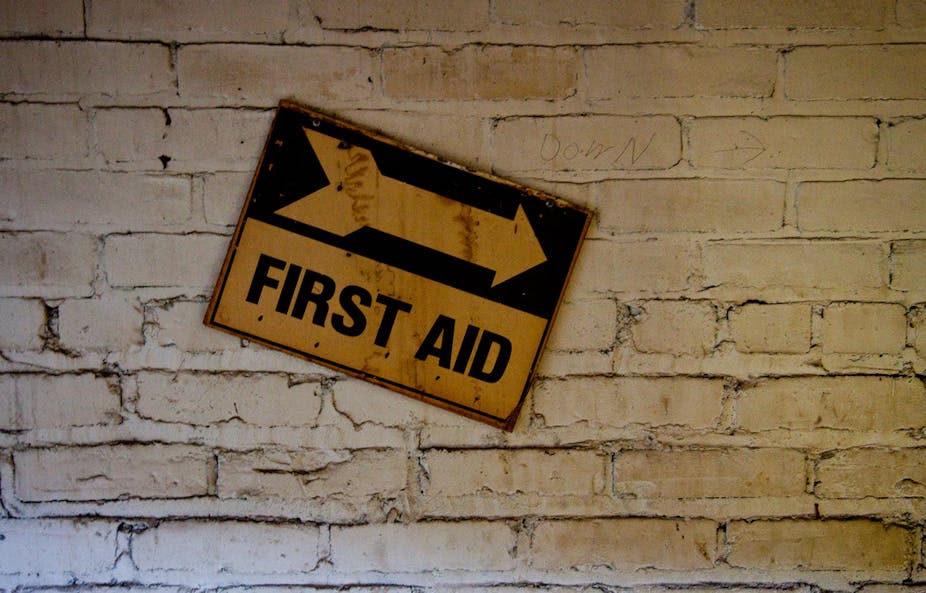We expect just as much from our ambulance services as we do from accident and emergency departments. But under-resourced and overstretched health systems mean ambulance staff are increasingly under pressure to deliver timely quality care. They also feel the knock on effect of emergency department congestion, hospital overcrowding and escalating demand, and even recent reports in the UK that some patients were being forced to wait in ambulances for several hours before being seen.
Calling an ambulance for non-urgent issue just adds more pressure to what could well be untenable in the near future. We’ve no doubt heard some of the incredible call-outs that ambulances sometimes publicise to deter people from calling for no reason.
They include cigarette smoke blown at a woman’s eye at a bar, a patient with a nosebleed and a call for help to get a ring off a finger. In these instances, not only are ambulance crews diverted from serious cases that require their expertise, it is also profoundly demoralising to crew who put themselves at risk racing under light and sirens to attend minor illness.
Most people show common sense
But in reality, the majority of people show common sense and these are unusual. It is difficult to reliably anticipate whether a condition is sufficiently threatening to life or limb and whether you really need an ambulance. The majority of people do it because they are worried. And on the whole, compared to walk-ins, patients transported by ambulance do tend to have more acute, severe and complex illness.
Deeper problem
Nevertheless, it’s clear that ambulance staff being diverted from genuine emergencies to people who don’t really need them isn’t great for the efficiency of the system.
One way we could tackle the problem is by cutting down on inappropriate use of ambulances – whether knowingly or unknowingly. Most studies that have looked at this issue have employed the use of a retrospectoscope, when an emergency doctor determines that a patient only has a minor illness after they have had already had a thorough assessment. Until then it is hard to know whether the chest pain you’re having is a case of indigestion or a major heart attack.
Inappropriate ambulance requests for transport of patients with non-urgent and minor conditions can lead to ambulance overcrowding on approach bays to the hospital.
A lack of beds within emergency departments and hospitals can also have a ripple effect [pdf download] in ambulance overcrowding and, which then oblige crews to repeatedly circle a hospital or divert to another hospital. These delays are known to negatively affect patient outcome, especially for sicker patients stuck at the end of an ambulance queue. And crews are unable to attend another call while they are caring for a stretchered patient.
A recent major report into emergency care in the UK recommended that ambulances be seen more as “treatment centres” to help unload some of the pressures on hospital emergency departments. However, this recommendation depends on being able to train ambulance crews to a degree that they can confidently make diagnoses and offer outpatient treatment in a safe way. They also require the costly reconfiguration of existing ambulances. The ultimate barrier may be overcoming the wide public perception that ambulance care is inferior to that able to be delivered at a hospital.
Taking it for granted?
Although most of the community use ambulances for good reason, a substantial minority regard this costly and skilled resource as an entitlement as their taxes have already paid for it. The public should be made aware that patients with serious illness suffer worse outcomes and death rates at 30 days if they are subjected to delays in ambulance and emergency care.
Until the public recognises ambulance care as scarce, costly and highly trained health care providers, it will continue to be overused (and at times abused). We need to be reminded that although it may cost nothing to call an ambulance, the service doesn’t really come for free – something gives somewhere. And ambulance services wouldn’t have to pay out for costly publicity campaigns just to tell us about someone who called the ambulance at Christmas because the turkey was burnt.

